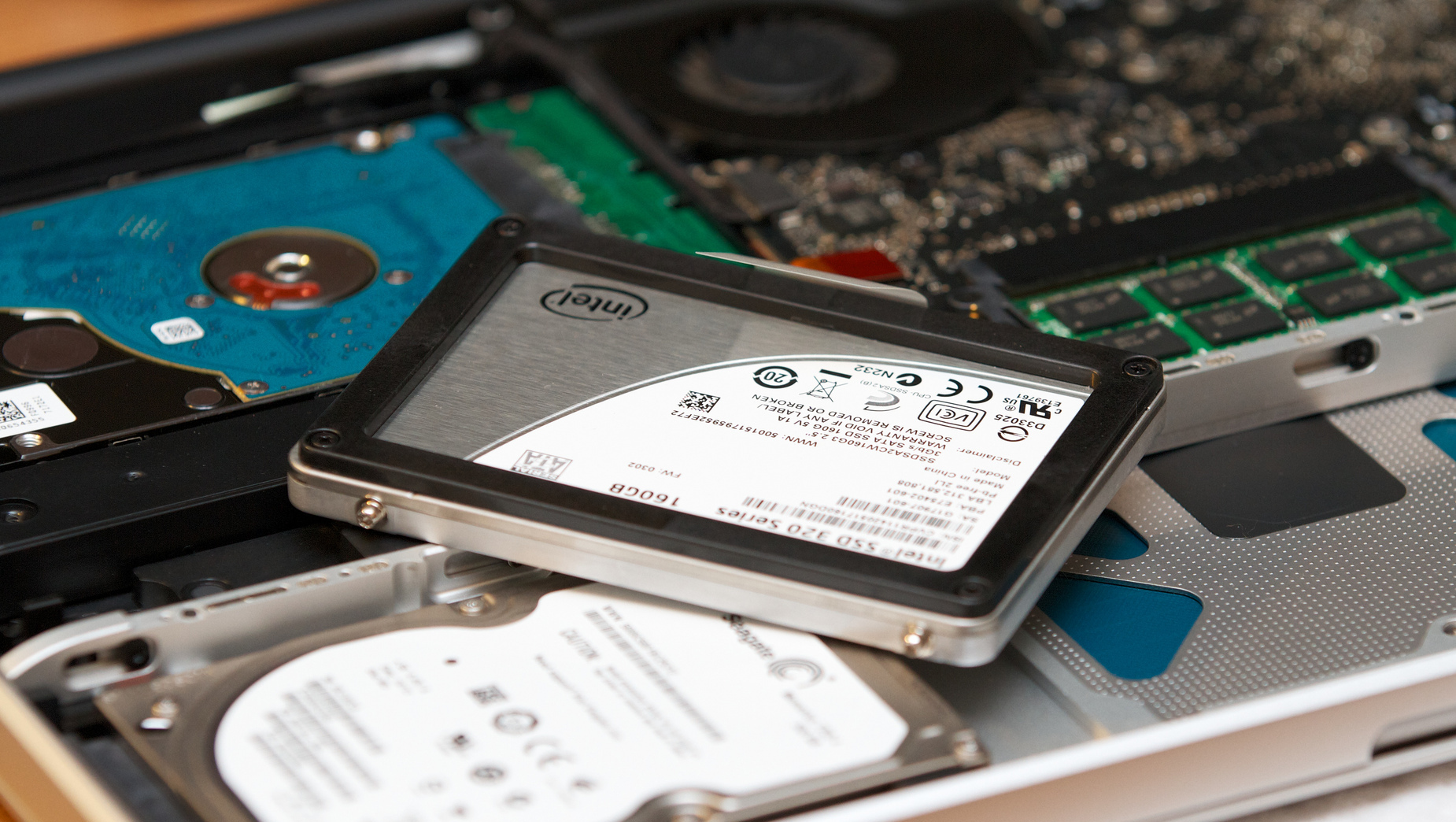

First, the extra drive capacity introduces an unnecessary penalty to both the OEM and the target customer segment.Second, you don’t need that much DRAM. Many computer manufacturers and the hard drive industry, however, respond to this market scenario with notebooks sporting 1TB drives and 8GB of memory. Thus, while a 256GB drive may not be suitable for video editors, gamers or design engineers, it fits the bill for a large number of use cases in 2015.

(Gartner: Recommended Configurations for Notebooks and Desktop PCs, 2015). The firm further added that, although 128GB would be sufficient for many, most users would be better off with at least 180GB of capacity. Similarly, Gartner noted that SSDs are replacing HDDs in an increasing number of notebooks because of the affordability of SSDs in the 180GB to 256GB range. Figure 1: Example of Corporate laptop capacity utilization A recent SanDisk® study shows that less than three percent of corporate users store more than 200GB of data on their 1 TB notebooks. Take a look at the notebook for a typical business user. Bigger is not better, in other words: only better is better. In many segments, you can now get better performance, and better price to performance ratio, out of laptop (or even a desktop) built with an SSD and less DRAM rather than a model with a larger hard drive and more DRAM. Those assumptions, though, are fast becoming a myth. The more DRAM inside of a PC, the better overall experience it would deliver. For years, the golden rule when it came to building or buying computers has been “bigger the better.” A laptop with a larger hard drive was, by that urban legend, better.


 0 kommentar(er)
0 kommentar(er)
